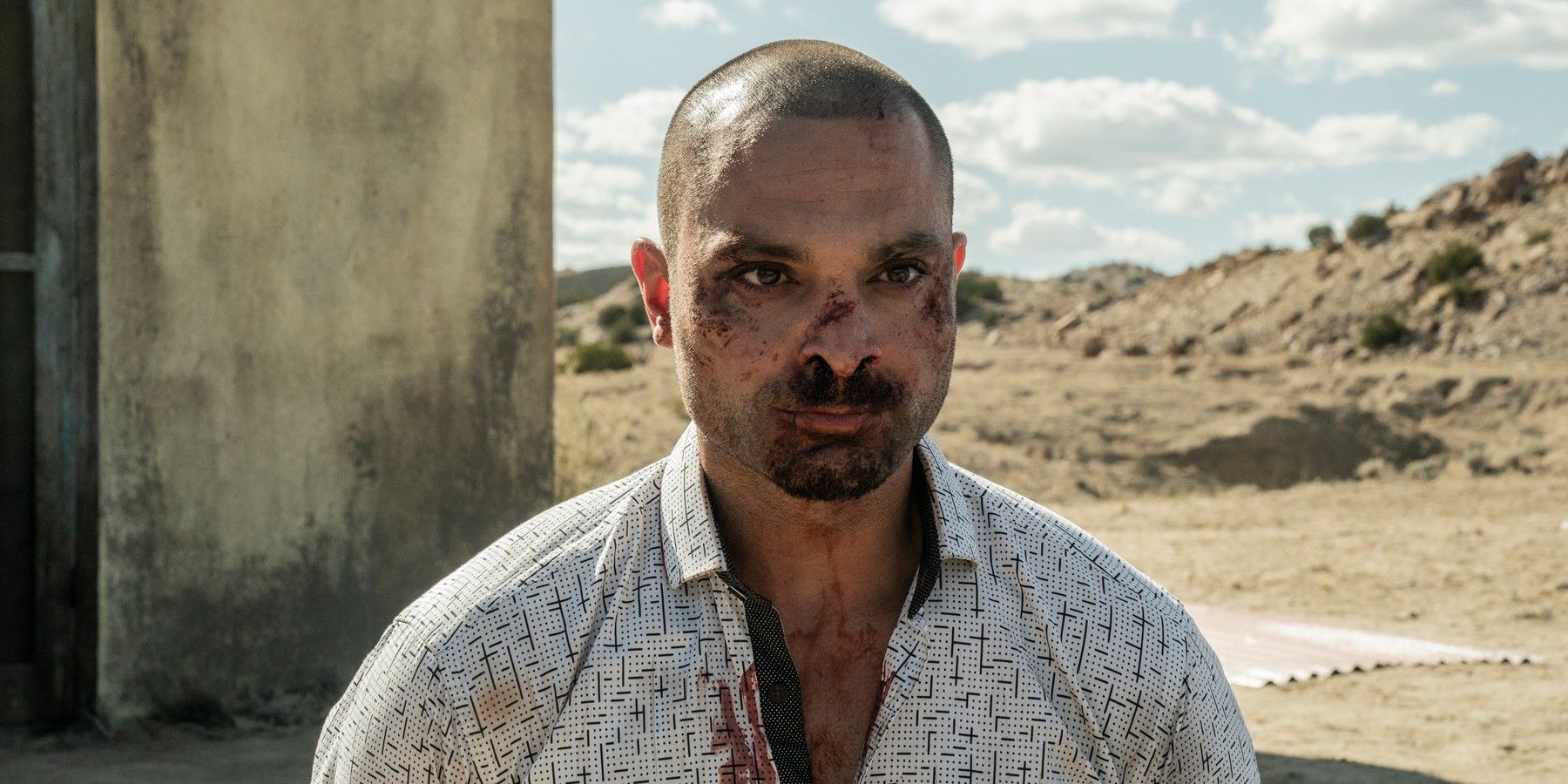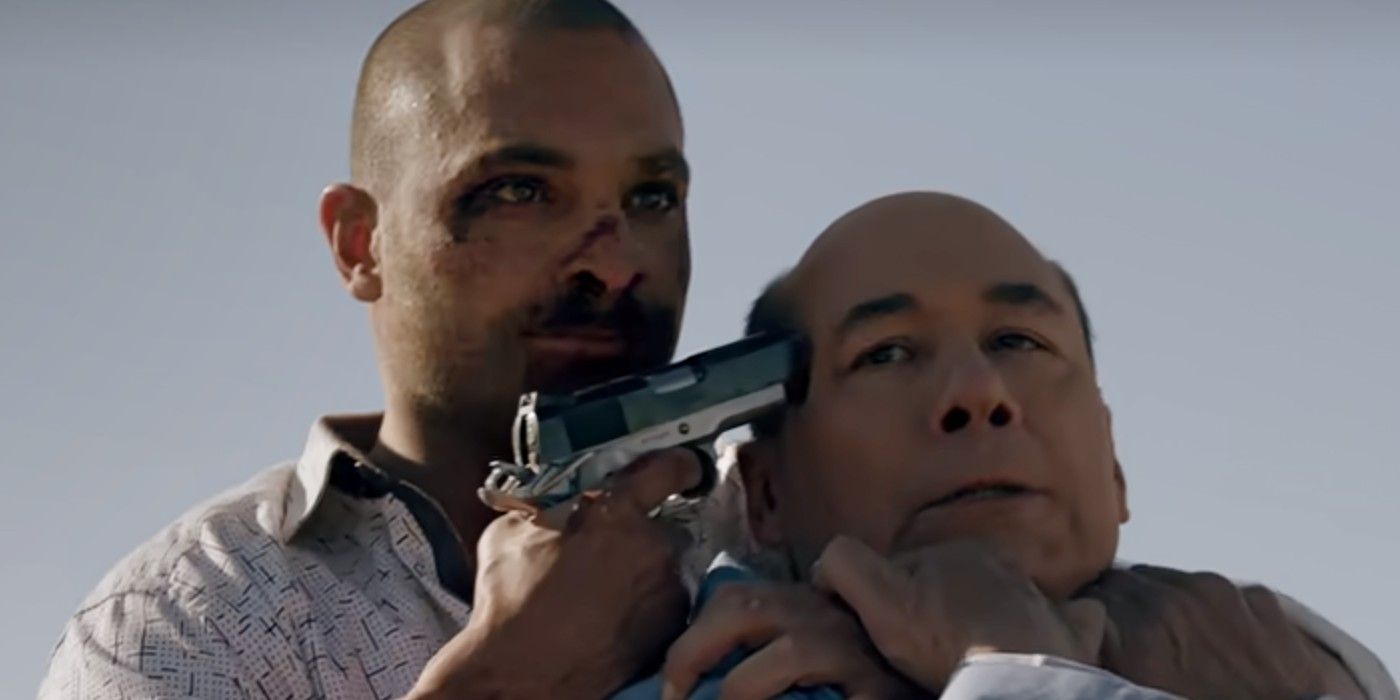
Warning: This article contains spoilers for Better Call Saul season 6 episode 3.
Better Call Saul star Michael Mando explains Nacho's death scene in season 6, episode 3, "Rock and Hard Place." The Breaking Bad prequel series returned to AMC last week with a two-episode premiere, picking up with Jimmy McGill (Bob Odenkirk) and Kim Wexler's (Rhea Seehorn) devious plot to ruin Howard Hamlin (Patrick Fabian). On the Cartel side of things, Nacho (Michael Mando) flees the scene where the botched assassination attempt against Lalo Salamanca (Tony Dalton) occurred, who begins carefully plotting his revenge against Gus Fring (Giancarlo Esposito).
As the title indicates, this week's episode found Nacho Varga in an impossible situation. After acting as a double agent for Fring against the Salamanca family and helping facilitate the failed hit on Lalo's life, Nacho is left with no choice but to turn himself in to the Cartel and take the fall. Though he doesn't go down without one final monologue, telling Hector he was responsible for putting him in a wheelchair. Before the Salamancas can execute him, Nacho steals Juan Bolsa’s pistol, but instead of taking out any Cartel bosses with him, he turns the gun on himself and dies by suicide.
In an interview with Variety, Mando explained the meaning of Nacho's actions, saying his final act was one of "sacrifice, true love and bravery," and not "revenge" or "anger." The Better Call Saul actor also touched on why Nacho didn't take anyone else out with him, saying they are already "dead men walking." Read what Mando had to say below:
Every single one of them is dead, if you think about it. There’s an ominous thing to this scene, where these are all dead men walking, watching the first man die. But they’re already dead, they just don’t know it yet. The image of Nacho is the image of sacrifice, true love and bravery. It’s not the image of revenge. The ultimate act that defines the character is the act of sacrifice, and not anger, but love.

Mando, who has portrayed Nacho brilliantly for 5 full seasons of Better Call Saul, is absolutely on point about his character's motives. His final act of selflessness guaranteed that Gus would protect his father's life, who never endorsed Nacho's reluctant life of crime. Before going out on his own terms, Nacho also opted to protect Fring's reputation by dashing any suspicion that "the chicken man" was involved in the botched hit against Lalo. It's a befittingly heroic end for Nacho who has aspired to a certain degree of virtue and morality throughout the show, but ultimately pays a price for it.
Mando is also right to point out how every other character in the desert with Nacho are all dead men walking. Gus, Victor, Tyrus, Juan, the Twins, and Hector are all killed during the events of Breaking Bad. Nacho (along with Lalo and Kim) is one of a few major characters in Better Call Saul who never appears in Breaking Bad, which meant his days were likely numbered from the start, though that doesn't make the impact of his death any less poignant.
Source: Variety
from ScreenRant - Feed https://ift.tt/nSIhy8T
